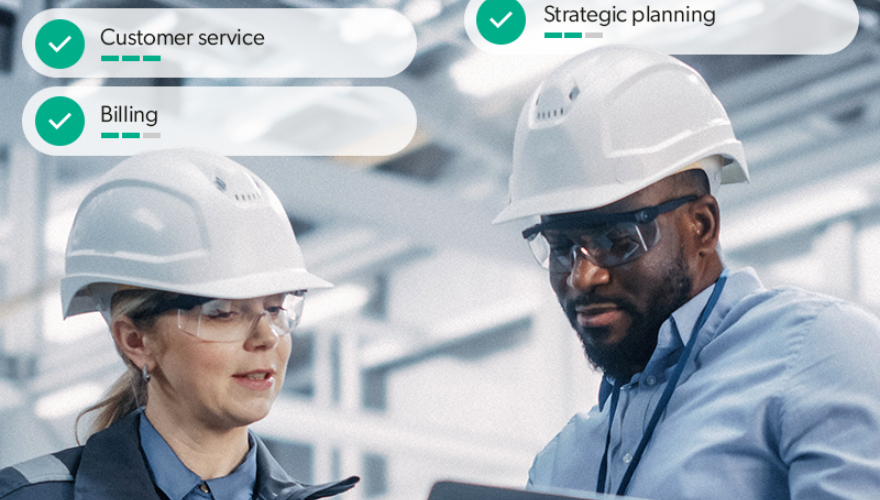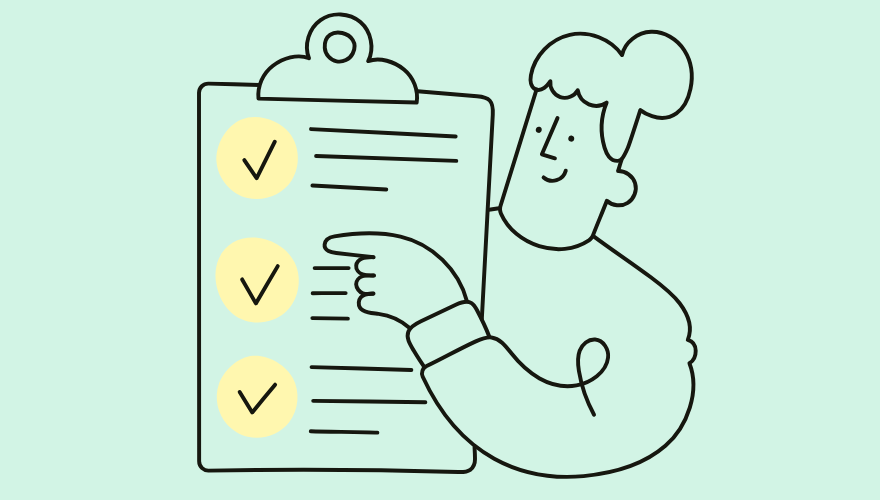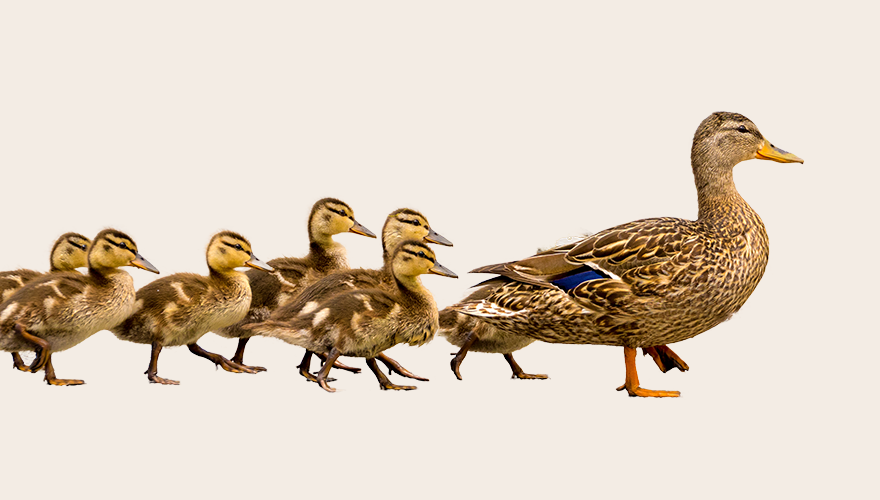Blog
What to know about AI and skills taxonomies from our webinar

As anticipated, AI has completely dominated conversations this year – but so have skills-based hiring practices. During our recent webinar on “How to use AI and skills taxonomies to uplevel your organization,” our expert panel discussed why taxonomies are important and how to use this comprehensive framework to address both current and future skills gaps to get ahead. The panel consisted of Alicia O’Brien, SVP of Innovation and Customer Success at WilsonHCG, Rebecca Valladares, Head of Operations at Opptly, and Jason Safley, CTO at Opptly. All discussed actionable ways for leaders to implement effective skills taxonomies, as well as an interactive demonstration of Opptly’s Job Analyzer AI tool.
The way forward is through people's potential, not their existing work experience
What we heard: Skills-based hiring has risen in popularity for a variety of reasons. Many believe to truly address skills gaps it’s not enough to hire based on relevant work experience, but someone’s overall skills and potential to learn.
What we understood: Unlocking the potential of unused skills in employees leads to better business outcomes. A skills taxonomy can help organizations discover so-called hidden skills.
What is required: A long-term, sustainable approach to talent acquisition and skills-based hiring expands the talent pool, promotes business agility, and helps futureproof the workforce and retain existing employees.
Gather skills into a taxonomy first – then into an ontology for long-term impact
What we heard: Cataloguing skills before diving into a skills-based journey across your organization is key for long-term success. That way, you have a plan to integrate it into every aspect of the business, and not just one area.
What we understood: Taxonomies lay the groundwork for validating skills and restructuring job specifications for the future, so multiple teams can understand the mindset shift and value of properly cataloguing skills.
What is required: Implementing skill taxonomies help optimize the recruitment process, but they help nurture existing talent for mobility opportunities and make skills gaps obvious in a way that makes a tangible impact. You can start this through either a tool like Opptly or by gathering skills from your organization by asking employees to input their skills into a repository you’ll use to form your taxonomies.
Gathering skills is important, but validating and evolving your taxonomy are equally important
What we heard: A good skills taxonomy isn’t static; it evolves over time to reflect changes in technology, industry practices, and organizational needs.
What we understood: Skills must be validated and updated regularly to achieve long-term success in a skills-based hiring approach.
What is required: Avoid stagnant skills-based models by instituting regular competency testing to validate skills – so you can deploy employees for different projects when the need arises.
AI helps collate skills faster with a trusted third-party taxonomy
What we heard: It’s time consuming to develop a skills taxonomy from scratch, especially if you lack the proper technology to ensure consistency and proper categorization.
What we understood: As workforce and industry demands are expected to continuously change, you’ll need a trusted system that can quickly identify and define new skills as they develop.
What is required: For companies lacking internal bandwidth to develop their own technology stack or AI for skills mapping, third-party taxonomies exist as a baseline to get started.
Frame conversation using outcomes to get buy-in (especially for AI)
What we heard: Regardless of what approach you choose for your skills-based hiring journey, it’s important to frame it as change management that has considerable business outcomes that make it worth pursuing.
What we understood: Support from leadership is pivotal to ensuring a skills-based hiring approach is given the green light. Be sure to involve them, as well as learning & development (L&D) and talent development teams, so it's implemented across the entire employee lifecycle.
What is required: Framing positive outcomes across all business functions, from identifying skills gaps and futureproofing the workforce against further uncertainty, will help keep skills up to date on an ongoing basis.
Missed our webinar?
Watch it on-demand now to see a live demonstration of how to use AI, as well as how to develop skills taxonomies.













